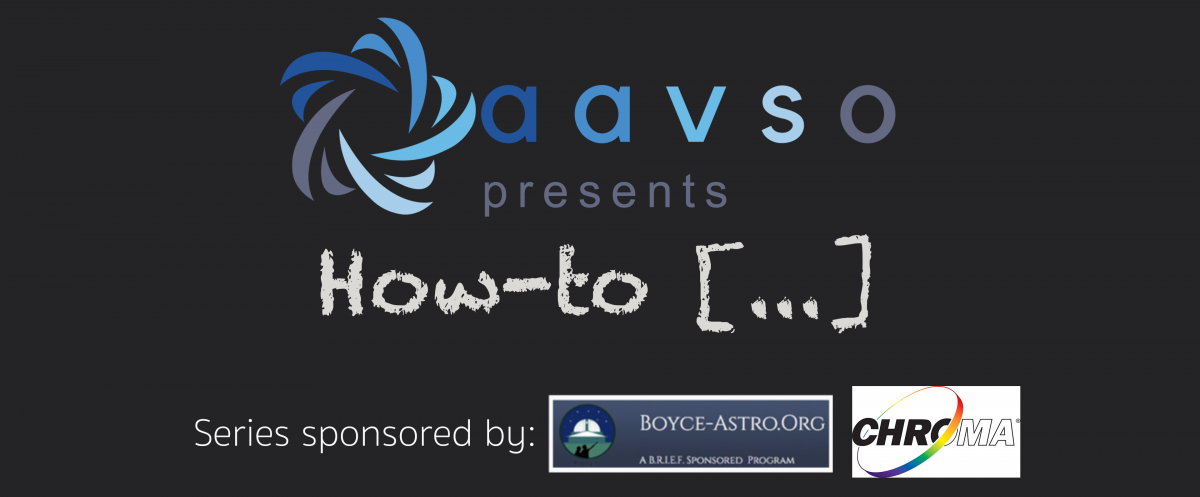
|
https://boyce-astro.org/ https://www.chroma.com/
October 1st Dr. Keaton Bell is an assistant professor at Queens College of the City University of New York. He has spent hundreds of nights collecting time series observations at McDonald Observatory and Apache Point Observatory, and he also works with extensive time series photometry from surveys like TESS, Kepler, and the Zwicky Transient Facility. Keaton is the author of the Python package Pyriod for prewhitening frequency analysis of time series astronomical data.
September 3rd Lauren Herrington is a part-time contractor for the AAVSO, working as both Webinar Coordinator and AVSpec validator. Besides joining the AAVSO, the best decision that she ever made was teaching herself Python in 2020. Now she gets to use Python for real-life astronomy every day thanks to her other job as a Research Project Assistant for Prof. Sara Seager at MIT. Astronomical data visualization is her bread and butter, and she's picked up more than a few tricks along the way that she can't wait to share with the curious minds of the AAVSO.
August 6th Dr. Kris Larsen has been an astronomy professor at Central Connecticut State University since 1989. Her teaching and research focus on the intersections between science and society, including Gender and Science, science and popular culture (especially science in the works of J.R.R. Tolkien), and the history of science. She has received numerous awards, including the Connecticut Science Center’s Petit Family Foundation Women in Science Leadership Award and the Walter Scott Houston Award of the North East Region of the Astronomical League. She is the author of the books Stephen Hawking: A Biography, Cosmology 101, The Women Who Popularized Geology in the 19th Century, and Particle Panic!
June 4th Tom Calderwood is head of the AAVSO Photoelectric Photometry Observing Section. He observes from Central Oregon, and is the author of "The Great Dimming of Betelgeuse" in the March 2021 issue of Sky and Telescope. A graduate of MIT in mathematics, he is a retired software engineer who worked on parallel processing computers, communication networks, video games, and the data system for the Chandra X-ray Observatory.
May 7th John Percy is a very active professor emeritus in Astronomy & Astrophysics and Science Education at the University of Toronto. He has served as president of six national or international science and education organizations, including the IAU Commission on Variable Stars and the AAVSO (1989-1991). He has been an AAVSO member for over 40 years. He edited JAAVSO for 10 years, and continues to serve as co-advisor to the Long-period Variable (LPV) section. His many awards include the AAVSO Merit Award and W.T. Olcott Award.
April 2nd Jim Fuller is an assistant professor in theoretical astrophysics at the California Institute of Technology. He uses asteroseismology to study the structure and evolution of all types of stars, including Sun-like stars, red giants, massive stars, white dwarfs, and even the planet Saturn.
March 5th Richard Berry has done stellar photometry since the days of photomultiplier tubes, but more recent was programmer for the science-oriented software Astronomical Image Processing for Windows (AIP4Win). In a recent foray into photometry, Richard and two high school students in Wilsonville, OR did photometry on 25,000 images of the pulsating star XX Cygni to derive 23 new accurate times of maximum light. They presented their results during the AAVSO 109th Annual Meeting.
February 5th Heinz-Bernd Eggenstein (also recognized as AAVSO observer EHEA) is the co-lead, alongside Dave Hinzel, of AAVSO's High Energy Network (HEN) Observing Section. In his day job, he works as a software engineer for the Max Planck Institute for Gravitational Physics in Hannover, Germany.
|

